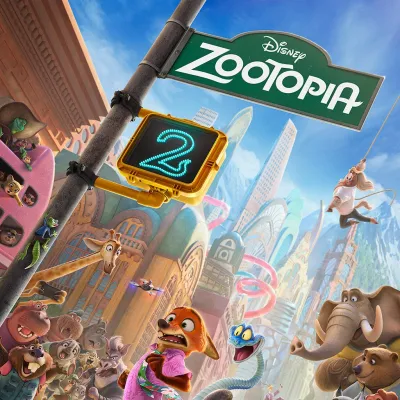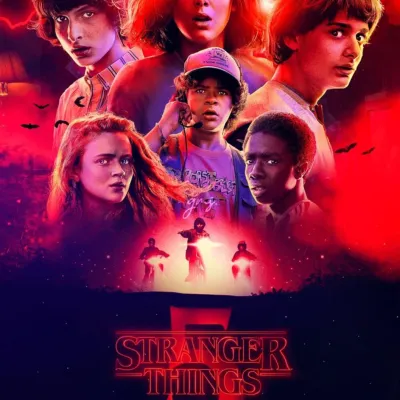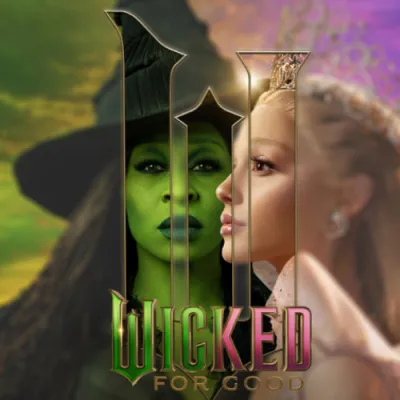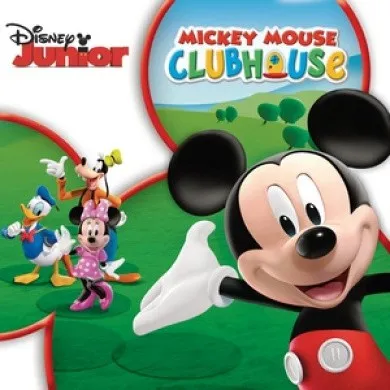Kung Fu Panda 4 Description
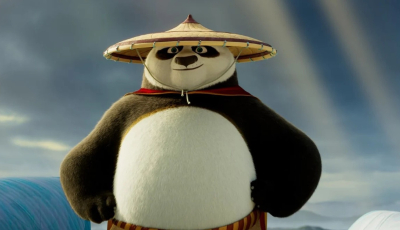
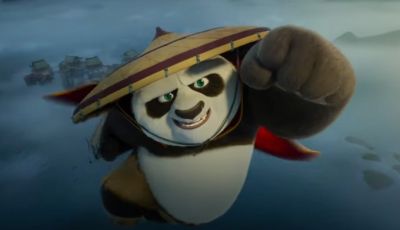
Whenever a beloved franchise returns after a significant hiatus, it’s always a cause for both excitement and trepidation. Such was my disposition as I entered the cinema to watch Kung Fu Panda 4, eight long years after its predecessor graced the screen. With Jack Black reprising his role as the irrepressibly delightful Po, I couldn't wait to see what new adventures and life lessons awaited our favorite dumpling-devouring panda.
History and Background
The Kung Fu Panda series has always been a crowd-pleaser, merging fantastical kung fu action with heartfelt themes of self-discovery and inner peace. The franchise kicked off in 2008 and quickly garnered a loyal fanbase, spawning sequels in 2011 and 2016. Each installment always managed to capture the perfect balance of humor, action, and emotion, making them timeless for both kids and adults.
Initial Impressions
As the opening credits rolled, I was immediately reminded of the vivid, dream-like animation that is a hallmark of the series. The colors were breathtaking, and the art direction remained true to the franchise's roots, yet seemed even more refined and polished, setting high expectations for the rest of the film.
Plot Summary
The narrative opens with Po being promoted to the spiritual leader of the Valley of Peace, following in the footsteps of his wise mentor Shifu, expertly voiced by Dustin Hoffman. However, Po is not quite ready to embrace his new role, longing for his days of dynamic action. The plot kicks into gear when Po apprehends Zhen, a streetwise fox voiced brilliantly by Awkwafina, who warns of a new villainess, the sorceress Chameleon, played by the formidable Viola Davis.
Dynamic Duo
The chemistry between Po and Zhen is one of the highlights of the film. Jack Black's infectious charm pairs delightfully with Awkwafina's cynical wit, making their interactions nothing short of captivating. Their budding partnership injected a fresh dynamic into the film, keeping the energy high and the banter consistently amusing.
The Antagonist
Chameleon, the new villainess, had big shoes to fill following the formidable antagonists from previous films. Although voiced exquisitely by Viola Davis, she didn’t quite measure up to the likes of Tai Lung or Shen in terms of memorability. The character's motivations and presence just didn’t seem as compelling or fully fleshed out.
Supporting Characters
A minor letdown for me was the limited presence of the Furious Five, a core group of characters who have always added depth and camaraderie to the series. Their absence was noticeable, and I found myself missing their unique personalities and relationships with Po.
Humor and Slapstick
One of the film’s greatest strengths remains its humor. The slapstick comedy still had the whole theater laughing, myself included. Standout scenes included a riotous "bull in the china shop" moment and Po’s hilarious attempts at meditation, which had the adults in the audience giggling heartily. It was evident that while the humor was crafted to entertain children, enough layers were incorporated to keep the grownups engaged as well.
Art Direction
The aesthetics of Kung Fu Panda 4 deserve a special mention. From the serene beauty of the Valley of Peace to the bustling vibrancy of Juniper City, the visual storytelling was on point. The scenery provided a gorgeous backdrop that enhanced the film’s emotional and dramatic elements.
Action Sequences
No Kung Fu Panda film would be complete without its trademark action sequences, and this installment did not disappoint. The choreography was fluid and dynamic, making full use of the animated medium to deliver thrilling and visually spectacular fights. However, some of the sequences felt a bit rushed, lacking the emotional weight and depth present in the earlier films.
Lessons and Themes
The film continued to explore themes of inner peace, self-acceptance, and the importance of mentorship. Po's reluctance to fully embrace his new role provided a relatable layer of depth, reminding the audience that growth and change are continuous journeys. Though these themes were well-executed, they didn’t quite hit the emotional peaks that the previous films managed to achieve.
Music
Of course, it wouldn't be a Kung Fu Panda film without its sweeping score. The music seamlessly blended traditional Chinese instruments within a dynamic symphonic framework, enhancing the mood of each scene, whether it was a moment of introspection or an exhilarating battle sequence.
Youth Appeal
While the movie was clearly designed to entertain a young audience with its vibrant action and humor, it’s worth noting that my seven-year-old cinema buddy began to lose interest around the one-hour mark. It suggests that the film’s pacing might not have been consistent enough to maintain the engagement of younger viewers throughout its full runtime.
Voices and Performances
The vocal performances remained top-notch. Jack Black’s exuberance was infectious, as always, and Awkwafina brought a fresh edge to the ensemble. Characters old and new were brought to life through stellar voice acting, making each one distinct and memorable.
Parental Perspective
From a parental perspective, the movie is a safe bet for family entertainment. Its messages about kindness, resilience, and the beauty of community were reaffirmed. The humor was accessible, and the plot was relatively easy to follow, even for those who haven’t seen the previous films.
Conclusion
In conclusion, Kung Fu Panda 4 managed to deliver an enjoyable, if somewhat diluted, extension of a beloved franchise. While it may not have fully recaptured the magic and emotional depth of its predecessors, it succeeded in providing a delightful blend of humor, action, and heart. For fans old and new, it offers a welcome return to the whimsical world of Po and his kung fu adventures, even if it leaves one longing for the spirited camaraderie of the original Furious Five.
